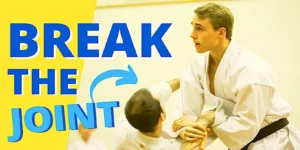
20 Techniques of Kung Fu
The following 20 techniques of Kung Fu are selected from different schools of martial arts, encompassing hand techniques, leg techniques, body movements, and skills, showing

The following 20 techniques of Kung Fu are selected from different schools of martial arts, encompassing hand techniques, leg techniques, body movements, and skills, showing

Chinese martial arts, known globally as kung fu, represent one of humanity’s most sophisticated fighting systems. But beyond the famous styles like Shaolin Kung Fu
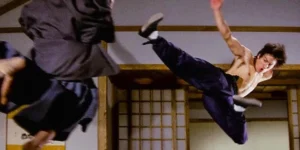
When you hear “kung fu,” you often picture a single art. In reality, the term includes different styles of kung fu, each a complete system
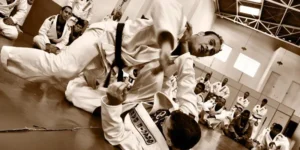
Perhaps you’re considering joining a martial arts school, or you’ve recently become interested in Tai Chi, wrestling, or Shaolin Kung Fu, but you don’t know
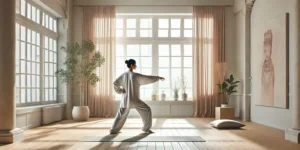
As a dedicated foreign student of Tai Chi with over 30 years of immersion in this ancient Chinese martial art, I’ve explored styles from Yang

Tai Chi, often called “meditation in motion,” is a gentle, low-impact exercise that is exceptionally well-suited for seniors. It combines slow, flowing movements with deep
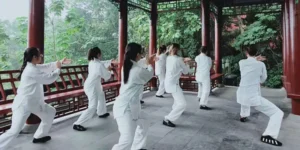
A Professional Step-by-Step Guide to Finding the Right Martial Art School. As a professional martial arts coach with over 20 years of training and teaching

The best martial arts for self defense have quick learning curves, adaptability to street fights, and techniques that work against untrained or larger opponents. Based
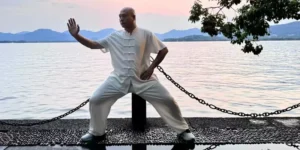
So, you’ve decided to learn Kung Fu training in China. However, navigating the logistics of training abroad can be daunting. With thousands of schools claiming
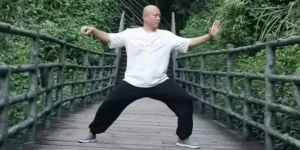
Choosing the right Tai Chi instructor is one of the most important decisions you’ll make in your practice. A good teacher doesn’t just demonstrate movements;

The following 20 techniques of Kung Fu are selected from different schools of martial arts, encompassing hand techniques, leg techniques, body movements, and skills, showing the core training of Chinese Kung Fu. Horse Stance (Ma Bu) The horse stance builds lower body strength and stability essential for all martial arts

Chinese martial arts, known globally as kung fu, represent one of humanity’s most sophisticated fighting systems. But beyond the famous styles like Shaolin Kung Fu and Tai Chi, hundreds of almost lost kung fu styles have quietly faded from practice. Today, I want to share ten almost lost kung fu

When you hear “kung fu,” you often picture a single art. In reality, the term includes different styles of kung fu, each a complete system of movement and combat. These forms of kung fu number in the hundreds, originating from various regions, religions, and philosophies across China. Traditionally, kung fu

Perhaps you’re considering joining a martial arts school, or you’ve recently become interested in Tai Chi, wrestling, or Shaolin Kung Fu, but you don’t know how to begin your martial arts journey. Whether you want to boost your confidence, learn self-defense, or you’re an experienced martial artist, finding the best

As a dedicated foreign student of Tai Chi with over 30 years of immersion in this ancient Chinese martial art, I’ve explored styles from Yang to Chen, drawing from global Tai Chi resources, including books, videos, online courses, and in-person instruction. In this blog, I will recommend the most suitable

Tai Chi, often called “meditation in motion,” is a gentle, low-impact exercise that is exceptionally well-suited for seniors. It combines slow, flowing movements with deep breathing and mental focus. The Cleveland Clinic’s Center for Geriatric Medicine even lists it as a top-recommended activity for older patients, with its section chief,

A Professional Step-by-Step Guide to Finding the Right Martial Art School. As a professional martial arts coach with over 20 years of training and teaching experience across multiple styles, I’ve helped hundreds of beginners find the right martial art school. The process is the same whether you’re interested in Brazilian

The best martial arts for self defense have quick learning curves, adaptability to street fights, and techniques that work against untrained or larger opponents. Based on expert opinions and practical applications, I’ve ranked the top five best martial arts for self defense. These martial arts prioritize military training, law enforcement,

So, you’ve decided to learn Kung Fu training in China. However, navigating the logistics of training abroad can be daunting. With thousands of schools claiming to be “authentic,” complex visa policies like the X1/X2 distinctions, and the fear of language barriers, many prospective students don’t know where to start. This

Choosing the right Tai Chi instructor is one of the most important decisions you’ll make in your practice. A good teacher doesn’t just demonstrate movements; he transmits decades of knowledge, refines your structure, protects your joints, and helps you progress safely toward genuine skill. Here are the key qualities to